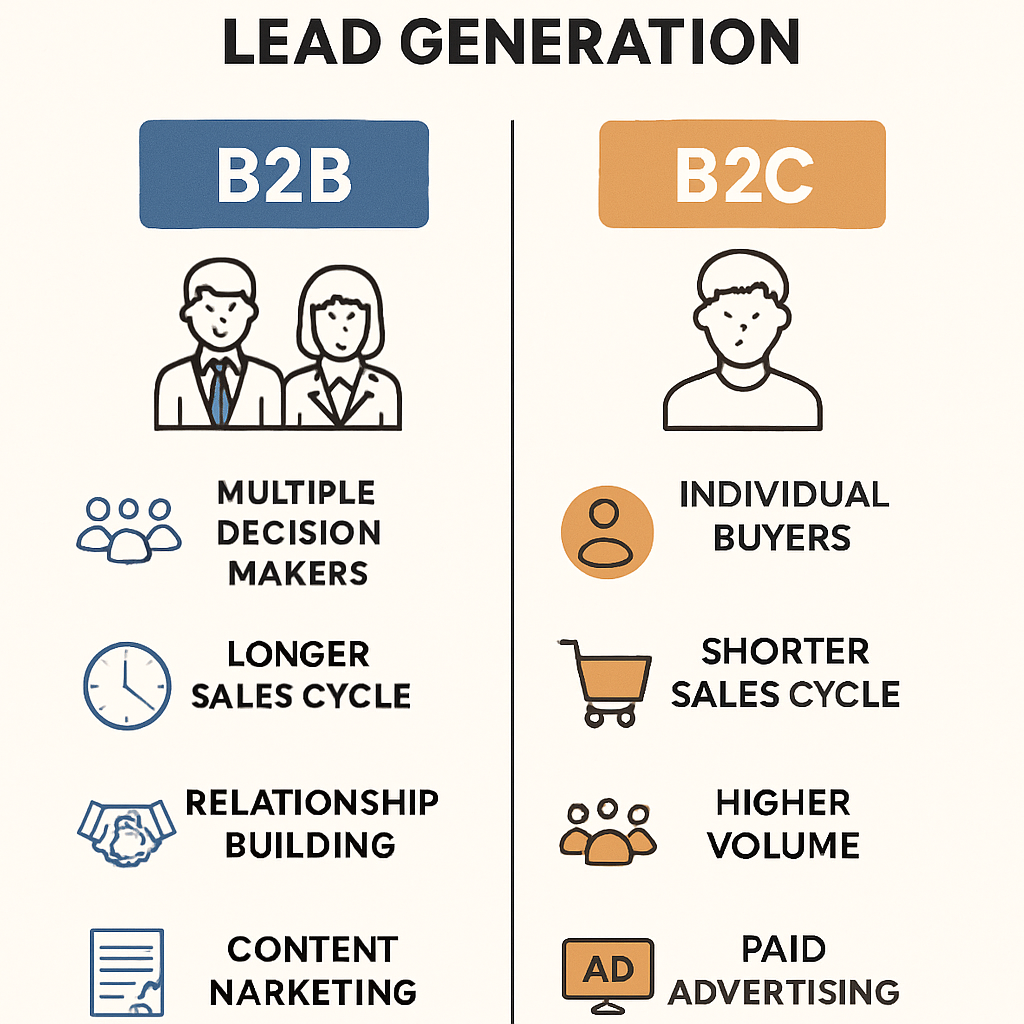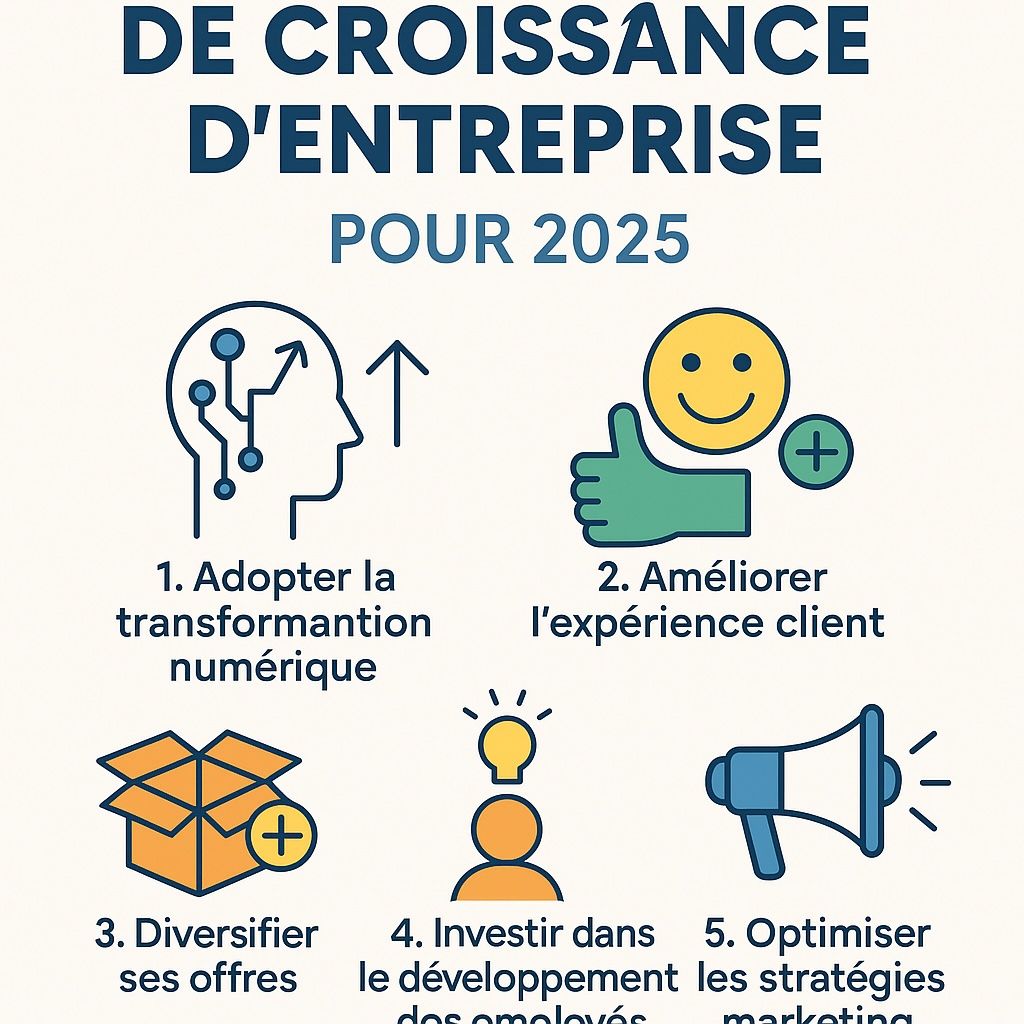Effective Strategies for Generating Leads
Generating leads is crucial for any business aiming to grow and succeed. It's the lifeblood of sales and marketing efforts. But how do you effectively get leads that convert into sales?
Understanding the nuances of lead generation can make a significant difference. Whether you're in B2B or B2C, the strategies can vary greatly.
This guide will explore effective strategies for generating leads, focusing on actionable tips. We'll delve into digital marketing, content creation, and more.
By the end, you'll have a clearer path to boosting your lead generation efforts. Let's dive into the world of lead generation and unlock new opportunities.
Understanding Lead Generation: B2B vs. B2C
Lead generation differs between B2B and B2C significantly. Each requires unique strategies and approaches. Understanding these differences is key to success in either sector.
In B2B, the sales cycle is often longer. Decisions involve multiple stakeholders. Hence, the approach must be more personalized and relationship-focused.
For B2C, decisions are typically quicker and may be more impulsive. This means targeting emotions and needs directly works better.
Key Differences Between B2B and B2C Lead Generation:
- Sales Cycle: Longer in B2B, shorter in B2C.
- Decision Makers: Multiple in B2B, usually one in B2C.
- Approach: Relationship-focused in B2B, emotion-driven in B2C.
Understanding these distinctions ensures your strategies are tailored, effective, and efficient.
Identifying and Targeting the Right Audience
Identifying the right audience is essential for successful lead generation. Without a clear target, your efforts may go unnoticed. Start by understanding who your potential customers are and what they need.
Create buyer personas to represent different customer segments. This helps in tailoring your messages and offerings. Consider factors like demographics, interests, and buying behaviors when creating these personas.
Steps to Identify Your Audience:
- Research: Understand your current customer base.
- Analyze Competitors: See whom they target and how.
- Gather Feedback: Use surveys and direct interactions.
Clear targeting improves not just lead generation but also customer satisfaction.
Top Digital Marketing Channels for Lead Generation
Harnessing digital channels can significantly boost your lead generation efforts. Among these, social media, email marketing, and SEO are highly effective.
Social media platforms like LinkedIn and Facebook allow for targeted advertising. They provide a way to engage directly with your audience and promote your services or products.
Email marketing enables personalized communication with prospects. It helps in nurturing relationships and encouraging sales. SEO, meanwhile, increases visibility on search engines, driving organic traffic to your site.
Key Digital Channels:
- Social Media: Engage and target specific audiences.
- Email Marketing: Communicate directly and effectively.
- SEO: Enhance online visibility and traffic.
Understanding and utilizing these channels will aid in creating a dynamic lead generation strategy.
Inbound vs. Outbound Lead Generation Strategies
Choosing between inbound and outbound strategies can make a big difference. Inbound marketing focuses on drawing potential customers to your business. This is typically done through valuable content and SEO techniques.
In contrast, outbound marketing involves reaching out to potential leads. Techniques include cold calling, direct mail, and advertising. Each strategy has its unique benefits depending on your business needs.
Inbound vs. Outbound Tactics:
- Inbound: Content marketing, SEO, and social media.
- Outbound: Cold calling, ads, and direct mail.
Understanding the balance between these approaches can help tailor your lead generation efforts to achieve better results.
Optimizing Your Website and Landing Pages
Your website is the heart of your online lead generation. A well-optimized site can dramatically increase lead conversion rates. Pay attention to layout, speed, and mobile friendliness.
Landing pages specifically designed for campaigns are vital. They must be clear and encourage action. Use compelling headlines, and always provide a strong call to action (CTA).
Optimization Tips:
- Improve page load speed.
- Make sure your site is mobile-friendly.
- Use CTAs that stand out.
Creating user-friendly experiences on your website can make a significant impact. It influences how easily visitors can become leads.
by Naveed Janmohamed (https://unsplash.com/@naveedjanmo)
Creating Compelling Content and Lead Magnets
Engaging content is key to drawing in leads. By providing valuable information, you attract interest and keep potential clients returning. Ensure your content is relevant and insightful.
Lead magnets are incentives offered in exchange for contact details. They can be ebooks, checklists, or exclusive access. These should be tailored to your audience's needs.
Types of Lead Magnets:
- Free guides or ebooks
- Exclusive access to webinars
- Discount coupons or free trials
Good content paired with irresistible lead magnets creates a strong pull. This strategy not only attracts leads but also positions you as a thought leader.
Leveraging Social Proof and Partnerships
Social proof reassures potential leads by showing others' approval. Use testimonials, reviews, and case studies to build credibility. This tactic can increase trust and conversions significantly.
Partnerships can broaden your reach and tap into new networks. Collaborate with businesses that complement yours. This synergy boosts visibility and enhances lead generation.
Examples of Social Proof:
- Customer testimonials
- Case studies
- Influencer endorsements
By combining social proof with strategic partnerships, you enhance your brand's authority. This approach not only attracts leads but fortifies your market position.
Nurturing and Managing Leads Effectively
Nurturing leads is vital in converting them to customers. Regular follow-ups with valuable content keep your brand top-of-mind. Personalized communication enhances engagement and builds strong relationships.
Effective lead management requires organization and strategic planning. Utilize CRM tools to track interactions and prioritize high-quality leads. Automation can streamline processes, saving time and ensuring timely follow-ups.
Key Lead Management Tools:
- CRM systems
- Email automation software
- Analytics platforms
by Marcel Strauß (https://unsplash.com/@martzzl)
Consistent lead nurturing improves conversion rates significantly. By understanding lead needs and preferences, you can tailor your approach. This personalized attention increases the likelihood of closing sales.
Measuring, Testing, and Improving Lead Generation Efforts
Tracking success is crucial for refining your strategies. Set clear goals and KPIs to measure performance accurately. Regular analysis helps identify areas needing improvement.
Testing different approaches maximizes effectiveness. A/B testing, for example, reveals what resonates with your audience. Use these insights to make informed adjustments.
Methods to Enhance Lead Generation:
- Set clear KPIs
- Conduct regular analyses
- Implement A/B testing
Continuous optimization of tactics ensures sustained growth. By learning from data and experiences, you can improve conversions. This iterative process helps in adapting to changing market conditions.
Conclusion: Building a Sustainable Lead Generation System
Effective lead generation requires a strategic blend of techniques. Focus on aligning your sales and marketing efforts for maximum efficiency. This alignment boosts your chances of success.
Adapting to market trends is crucial for long-term viability. Stay informed about industry shifts and adjust your strategies accordingly. Continually updating your approaches keeps you competitive.
Finally, embrace continuous learning and innovation. Test new methods, track outcomes, and refine practices based on results. By nurturing a culture of improvement, you build a robust, sustainable lead generation system. This ongoing commitment ensures growth and resilience in any market environment.




